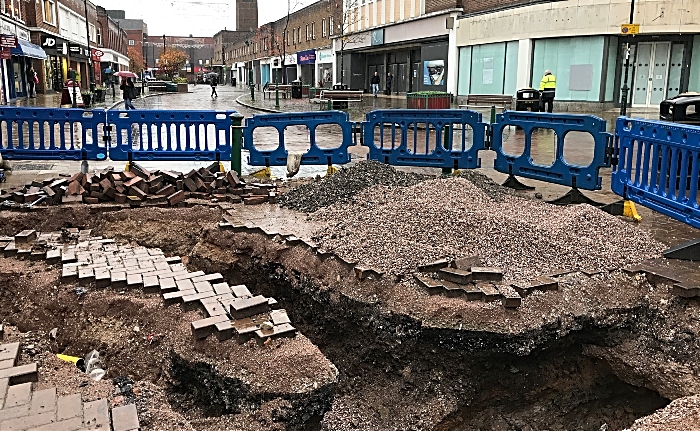
For those working outdoors during winter, there are several safety challenges worth considering.
The weather is colder, rainfall (and hail and snow) is more common, and the daylight hours are fewer.
Any of these might help to cause a lapse in safety, or even a serious injury.
Injuries and illnesses suffered at work can dampen productivity, and it can impose indirect costs, too.
If you’re shopping for builder’s insurance, for example, you might find that you don’t get protected unless you’ve taken appropriate steps to limit the risk.
As such, it’s worth keeping a few key pieces of safety advice in mind. Let’s run through some of the more important ones.
Wrap up Warm
We might associate personal protective equipment with preventing physical injury or preventing the transmission of dangerous pathogens.
But just as important are those items of clothing which keep us warm.
If you’re doing fine-detail work with your hands and fingers, then wearing appropriate gloves might be critical.
For example, if you’re working as a plumber in houses which don’t have any functioning heating, then a set of fingerless gloves might prevent chronic damage.
Recognise the signs of hypothermia
Hypothermia is the term used when you become too cold (as opposed to hyperthermia, which is when you become too hot.)
Specifically, if your body temperature drops below 35°C, you’re suffering from hypothermia.
This is a medical emergency whose symptoms you should be able to recognise.
You can find them described here, alongside the action you should and shouldn’t take.
Slips and falls
Slips and falls are more common outdoors during winter for several reasons.
Firstly, there’s more likely to be standing water and ice underfoot. Second, it’s going to be a little bit darker, which means that you’ll be less likely to see the danger until it’s too late.
Slips, trips and falls account for around 37% of non-fatal injuries at work; they’re a major drain on productivity.
You can minimise the risk with the help of the right footwear. Heavy treads will allow you to grip the surface better, meaning that you’re less likely to topple.
You might also treat the surface itself, with special mats, or with rock salt.
Machinery
Heavy machinery poses a risk to life and limb – especially if the person operating the machinery isn’t aware of the surrounding area.
This is where the investment in high-visibility clothing and quality outdoor lighting can make a big difference.
You may want to consider calling on a team of professionals such as those from Lindberg Process Equipment to help. It reduces the risk of injury and ensures the job is done correctly.
Be Sensible
If you’re keeping in mind the dangers we’ve addressed here, you might be able to avoid them.
If you’re an employer, you might seek to develop a culture of vigilance by insisting on certain safety rules and imposing penalties on workers who fail to follow those rules.

















Recent Comments